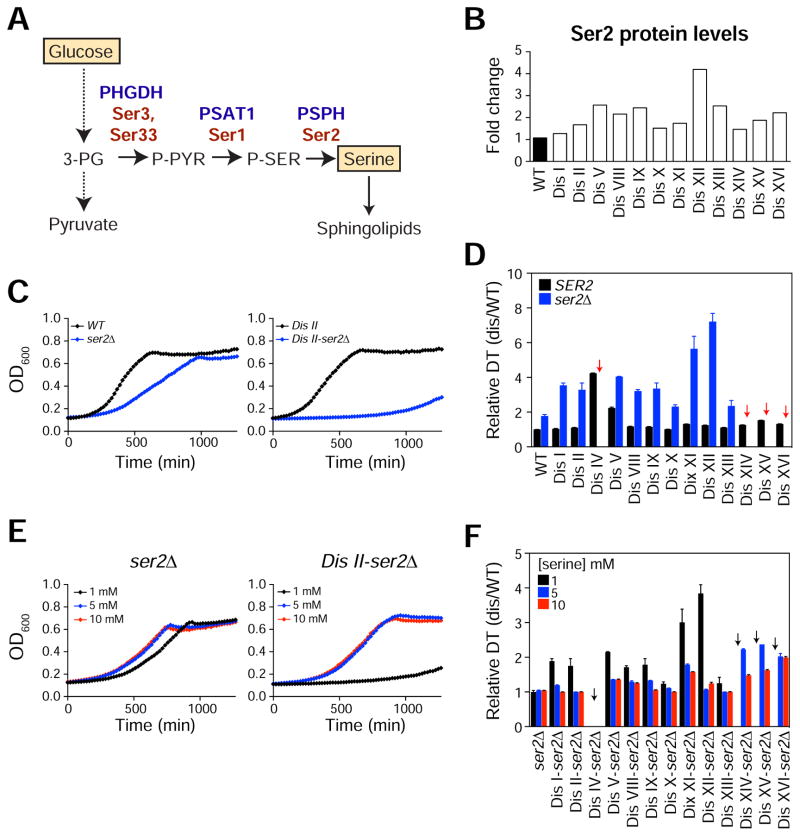Figure 2. Aneuploid Cells Require Increase Serine Biosynthesis for Their Survival.
(A) Biochemical pathway of de novo serine synthesis from glucose. Human genes (blue) and yeast genes (red) are shown. 3PG, 3-phosphoglycerate; P-PYR, phosphohydroxypyruvate; P-SER, phosphoserine.
(B) Ser2 protein levels in the disomes relative to WT (Dephoure et al., 2014).
(C) Growth curves of cells with wild type SER2 (black line) or harboring ser2Δ (blue line). WT and disome II are shown.
(D) Doubling times of disomes (black bars) and disomes harboring ser2Δ (blue bars) relative to WT. Red arrows point to strains that did not grow in culture. Error bars = +/− SD, n = 3.
(E) Growth curves of cells harboring ser2Δ in medium containing 1 mM serine (black line), 5 mM serine (blue line) and 10 mM serine (red line).
(F) Doubling times of disomes harboring ser2Δ in medium containing 1 mM (black), 5 mM (blue) or 10 mM (red) serine. Error bars = +/− SD, n = 3. Black arrows point to strains that did not grow in culture.

